1. The Danakil Depression (Ethiopia): Earth’s Alien Furnace
Located in the Afar Triangle, this hyper-arid volcanic desert is one of the hottest, most inhospitable places on Earth. Temperatures soar to 50°C (122°F), and the landscape resembles the surface of Mars. Hydrothermal fields spew neon-yellow sulfur, while acidic hot springs (pH <1) bubble alongside salt flats crusted in salt pillars. The Dallol Volcano creates psychedelic mineral formations in hues of green, red, and turquoise due to iron oxide and sulfur deposits. Microbes called extremophiles thrive here, offering clues to life on other planets.
2. Lake Natron (Tanzania): The Petrifying Lake
This alkaline lake’s waters reach a pH of 10.5–12, fueled by sodium carbonate leached from volcanic ash. Its blood-red hue comes from halophile microorganisms that thrive in salt-saturated conditions. Animals that drown in the lake are calcified into eerie “stone” statues due to the mineral-rich water. The lake is a breeding ground for lesser flamingos, whose tough leg scales protect them from the caustic waters. Surrounded by the Ol Doinyo Lengai volcano, the area’s black lava flows contrast with the lake’s crimson expanse.
3. Zhangye Danxia (China): The Rainbow Mountains
Over 24 million years of erosion exposed sedimentary layers of sandstone and minerals, creating a geological kaleidoscope. Iron oxide stains the hills red, while manganese, chlorite, and other minerals paint stripes of gold, green, and turquoise. The peaks resemble melted wax or a painter’s palette, best viewed at sunrise when shadows amplify the colors. Protected as a UNESCO site, the landscape shifts in hue with weather and light, creating an ever-changing spectacle.
4. Socotra Island (Yemen): The Dragon’s Blood Forest
Isolated for 20 million years, Socotra’s flora evolved into alien-like forms. The Dragon’s Blood Tree (Dracaena cinnabari) dominates with its umbrella-shaped crown and crimson resin, once traded as ancient medicine. Desert roses (Adenium obesum) grow bulbous trunks topped with pink blooms, while cucumber trees (Dendrosicyos) defy expectations. The island’s limestone karst formations, white dunes, and turquoise lagoons add to its prehistoric aura. Over 37% of its species are found nowhere else.
5. The Door to Hell (Turkmenistan): Eternal Flames of Darvaza
In 1971, Soviet engineers drilled into a methane gas pocket, causing the ground to collapse into a 70-meter-wide crater. To prevent gas poisoning, they set it ablaze, expecting flames to last weeks. 50+ years later, it still burns. At night, the crater glows like a portal to the underworld, with temperatures exceeding 400°C (752°F). The surrounding Karakum Desert’s golden sands contrast with the crater’s fiery orange hues, creating a dystopian vista.
6. Fly Geyser (Nevada, USA): A Man-Made Alien Oasis
Accidentally created in 1964 by geothermal drilling, this 3.7-meter-tall geyser spews scalding water 1.5 meters high. Minerals like calcium carbonate and thermophilic algae build its terraced mounds, coloring it vibrant red, green, and orange. The geothermal pool at its base shimmers turquoise, surrounded by silica formations. Located on private land in the Black Rock Desert, its otherworldly appearance has fueled UFO conspiracy theories.
7. Lençóis Maranhenses (Brazil): Desert Oases
This 1,500 km² national park combines white quartz dunes with seasonal rainwater lagoons. From July–September, rains fill valleys between dunes with emerald and azure pools, some 3 meters deep. Fish like the wolf fish survive dormant in sand during dry seasons. The contrast of desert and water creates a mirage-like landscape, with the Rio Preguiças River weaving through to the Atlantic Ocean, flanked by mangroves and coconut palms.
8. Wai-O-Tapu (New Zealand): The Devil’s Palette
This geothermal wonderland near Rotorua features the Champagne Pool, a 65-meter-wide spring with orange arsenic-rich edges and carbon dioxide bubbles. The Devil’s Bath glows fluorescent green from sulfur colloids, while Lady Knox Geyser erupts daily to 20 meters. Mud pools gurgle like cauldrons, and terraces of silica and sulfur create a mosaic of yellows, ochres, and whites. The scent of hydrogen sulfide (rotten eggs) permeates the air, completing the hellish ambiance.
9. Salar de Uyuni (Bolivia): The Sky’s Mirror
The world’s largest salt flat (10,582 km²) formed from a prehistoric lake. During the rainy season, a thin water layer transforms it into a 360° reflective surface, merging sky and earth. Hexagonal salt tiles stretch endlessly, interrupted by cacti-covered islands like Incahuasi. Beneath the salt crust lies 70% of Earth’s lithium reserves. At night, stars and the Milky Way mirror perfectly, creating an ethereal, boundary-less universe.
10. The Giant’s Causeway (Northern Ireland): A Basalt Labyrinth
Over 40,000 hexagonal basalt columns rise from the coast, formed 60 million years ago by volcanic fissures. Rapid lava cooling created fracture patterns akin to honeycombs, with columns up to 12 meters tall. Folklore claims it was built by the giant Finn McCool. The site’s interlocking geometry, crashing Atlantic waves, and moss-covered pillars evoke a mythical stone forest. UNESCO-listed, it’s a masterclass in columnar jointing geology.


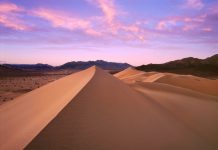
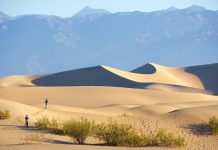
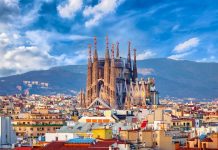
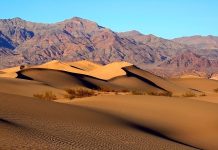





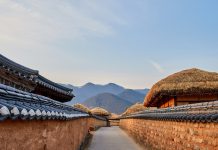
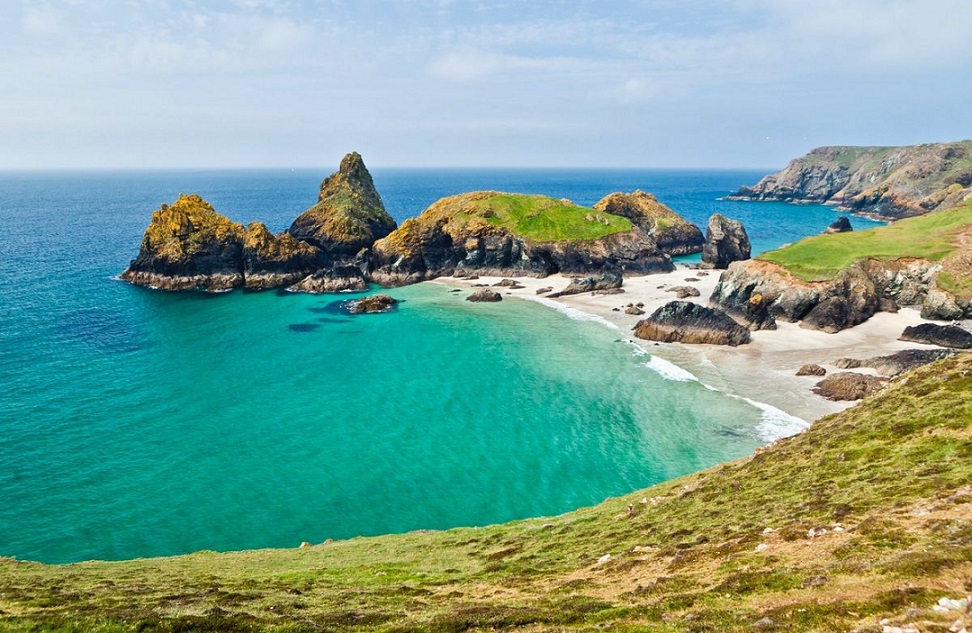




Fascinating blog! Is your theme custom made or did you download it from somewhere? A theme like yours with a few simple tweeks would really make my blog shine. Please let me know where you got your design. Many thanks
Не упустите шанс осуществить задуманное! Мы предлагаем выгодные кредиты с низкими ставками и быстрым одобрением.
– Авто, квартира, бизнес – мы поддержим ваши планы!
Заполните заявку онлайн, и наши специалисты свяжутся с вами.
Действуйте сейчас – ваши мечты ждут!==>
как заплатить кредит почта банку